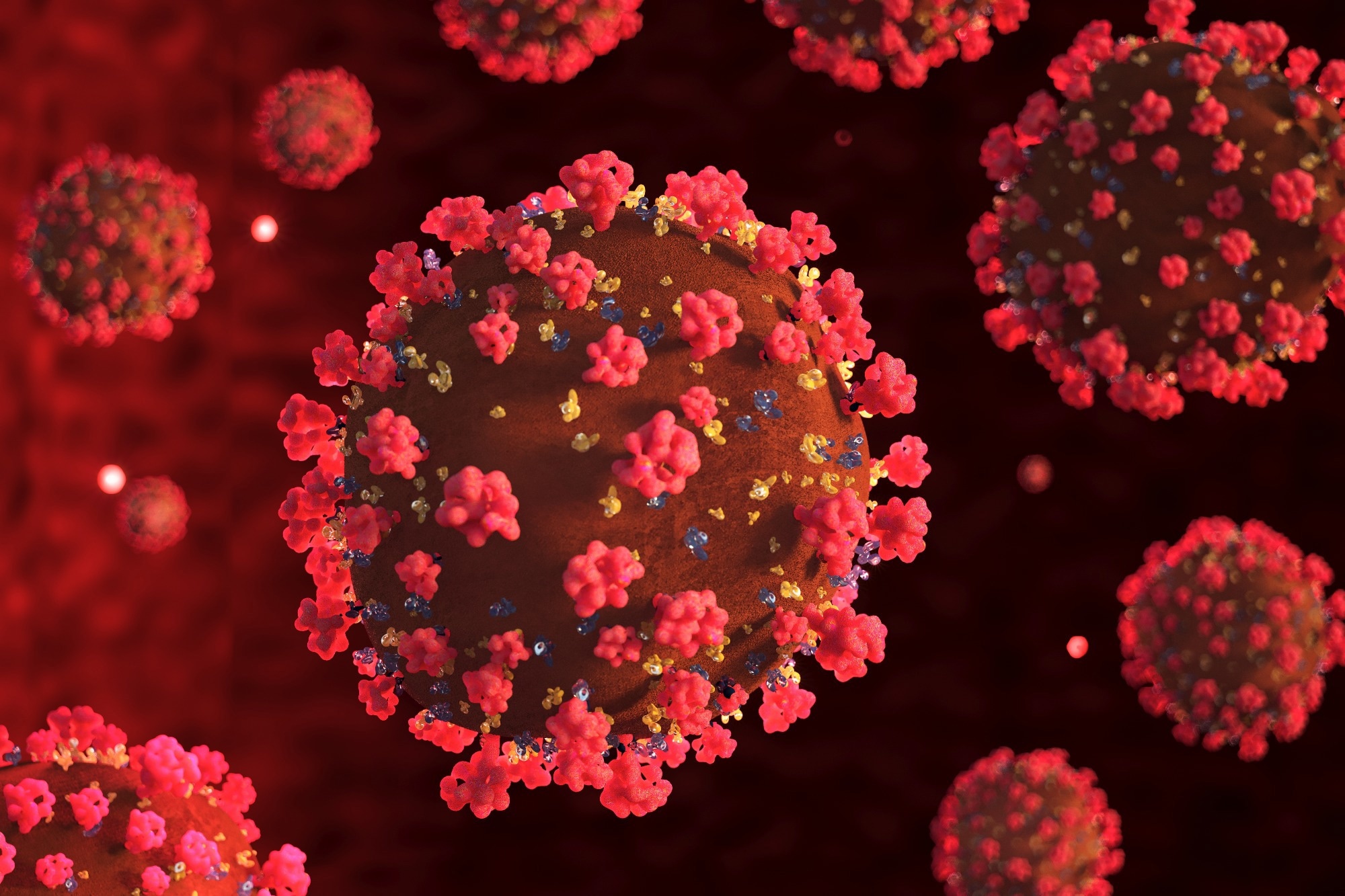In a recent article posted to the medRxiv preprint* server, researchers analyze epidemiological and immunological data of individuals vaccinated with the Pfizer-BioNTech coronavirus disease 2019 (COVID-19) BNT162b2 vaccine. This data was used to estimate immune correlates of protection against symptomatic post-vaccine infections (PVI).
 Study: Immune and behavioral correlates of protection against symptomatic post-vaccination SARS-CoV-2 infection. Image Credit: Vladimir Greso / Shutterstock.com
Study: Immune and behavioral correlates of protection against symptomatic post-vaccination SARS-CoV-2 infection. Image Credit: Vladimir Greso / Shutterstock.com

 *Important notice: medRxiv publishes preliminary scientific reports that are not peer-reviewed and, therefore, should not be regarded as conclusive, guide clinical practice/health-related behavior, or treated as established information.
*Important notice: medRxiv publishes preliminary scientific reports that are not peer-reviewed and, therefore, should not be regarded as conclusive, guide clinical practice/health-related behavior, or treated as established information.
Background
Several studies have reported post-vaccination binding antibodies (bAb) and neutralizing titers (NTs) associated with protection against severe acute respiratory syndrome coronavirus 2 (SARS-CoV-2) infection; however, these findings have been largely inconsistent.
The discrepant results of these studies may be attributable to several factors. For example, several studies used variable precise outcomes such as symptomatic and severe infection for defining protection, in addition to the inclusion of heterogeneous populations. Many studies also lacked the inclusion of different individual exposure risks, time-varying infectiousness and transmission levels of SARS-CoV-2 variants, and variable risk mitigation behaviors of individuals.
About the study
In the present study, researchers develop an analytical framework incorporating patient demography and risk behavior to estimate the immune correlate of protection for symptomatic PVI.
Serum and saliva samples were collected from 176 BNT162b2-vaccinated healthcare workers of the Walter Reed National Military Medical Center (WRNMMC) between October and December 2021, which aligned with the first Omicron wave in the United States.
These samples were used to assess SARS-CoV-2 Wuhan-1 wild-type (WT) spike (S)-specific immunoglobulin G (IgG)/IgA bAbs and Omicron S-specific bAbs and NTs using a research-only multiplex microsphere-based immunoassay (MMIA).
MMIA results were compared with those obtained from two commercial assays, of which the first assay measured total bAbs against the receptor binding domain (RBD) of WT S protein. Comparatively, the second assay measured SARS-CoV-2 IgG bAbs against WT RBD.
All participants who experienced a PVI were asked to complete a validated questionnaire (FLU-PRO Plus©) to assess whether correlates of immune protection were associated with decreased severity or duration of symptoms. More specifically, FLU-PRO Plus measured the severity of 34 symptoms across seven domains, including those affecting nasal, throat, whole body, chest, taste/smell, gastrointestinal tract, and eyes.
Average scores of each symptom domain were subsequently determined, in which a score of four indicated the most intense symptoms to compute a total symptom score within the range of zero to 28. The questionnaire also measured the frequency and duration of COVID-19 symptoms.
Study findings
Several serological and salivary biomarkers that could be used as reproducible correlates of immune protection against symptomatic PVIs were evaluated using a highly adaptable framework incorporating patient risk behavior and demographic factors to minimize bias in their estimates. A total of 32 participants developed symptomatic PVI between December 7, 2021, and April 1, 2022.
A strong correlation was observed between anti-S IgG bAb levels against WT or Omicron BA.1 and both anti-Omicron and anti-PVI NTs, as assessed by MMIA. In individuals who developed PVIs, higher anti-S IgG bAb titers were inversely correlated with symptom severity and duration of infection. Importantly, robust protection of over 90% against symptomatic Omicron infection required over 5,000 binding antibody units (BAU)/ml of anti-S IgG bAb levels.
Although there was a strong correlation between commercial assay and in-house research assay results concerning anti-RBD bAb levels, both assay results did not reach statistical significance when evaluating varying bAb levels across participants with and without PVI. This observation indicates the need to re-engineer the sensitivity of these assays for detecting biomarkers that reflect reduced vulnerability to SARS-CoV-2 infection.
The analysis of salivary S-specific IgG and IgA bAb levels revealed no significant association between antibody titers and PVI development. This is likely because the BNT162b2 mRNA vaccine weakly induces mucosal antibodies.
Home risk score, which was primarily attributed to in-house SARS-CoV-2 exposure, robustly correlated with PVI risk. Conversely, there was no correlation between infection risk, measures of work exposure risk, as well as at-work and at-home precautions adopted by an individual.
Conclusions
When adjusting for demography and risk behavior of patients, anti-S IgG bAb levels have the potential to serve as a good correlate of protection against PVIs. The study findings also indicate that commercial assays evaluating anti-S bAb levels might need a reformatted design to enable the detection of higher susceptibility to PVIs.

 *Important notice: medRxiv publishes preliminary scientific reports that are not peer-reviewed and, therefore, should not be regarded as conclusive, guide clinical practice/health-related behavior, or treated as established information.
*Important notice: medRxiv publishes preliminary scientific reports that are not peer-reviewed and, therefore, should not be regarded as conclusive, guide clinical practice/health-related behavior, or treated as established information.